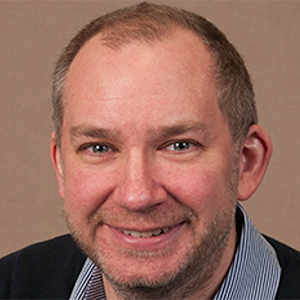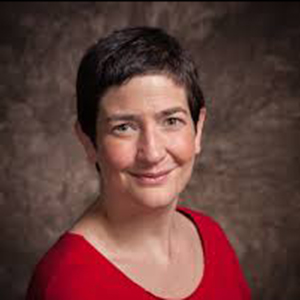New kids on the signaling block
Signal relay in eukaryotes enables proper response to chemical or physical signals received by the cell. We now understand how many of the canonical components of signaling pathways exert their functions, including the mode of activation of many kinases and the relationships among receptors, scaffolds and downstream effectors. This understanding has been key to the development of therapeutics targeting signaling components. Yet, from receptors to enzymes such as kinases, phosphatases, ubiquitin ligases and deubiquitinases, the signaling machinery still holds many mysteries.
In this session, we will focus on atypical signaling mechanisms, from the discovery of new catalysis within the kinome superfamily and noncanonical ubiquitination to the role of metals such as copper in signaling. We also discuss the emergence of pseudoenzymes: These allosteric signaling scaffolds are defined by their structural and sequence homology to canonical enzymes such as kinases and phosphatases, but they lack catalytic activity and remain relatively unexplored biologically and as potential drug targets.
We also will discuss how improvements in phosphoproteomics, genetic screens, and affinity and proximity proteomics permit us to globally assess specific aspects of signal transduction and shine new lights on poorly characterized enzymes, scaffolds and substrates.
Keywords: signal transduction, phosphorylation, ubiquitination, post-translational modification, pseudoenzymes, mass spectrometry, CRISPR screens, structural biology, interaction mapping
Who should attend: everyone who likes taking the road less traveled and those interested in good detective stories
Theme song: “Halo” by Beyoncé
This session is powered by ligands and receptors.
Talks
- CRISPR sensors for signaling — Stéphane Angers, University of Toronto
- Tracing copper utilization by kinase signal transduction pathways: Implications for cancer cell processes — Donita Brady, University of Pennsylvania
- How do signaling pseudoenzymes work? — Patrick Eyers, University of Liverpool
- Proximity-dependent sensors for signaling — Anne-Claude Gingras, Mount Sinai Hospital
- Proteome-scale amino-acid resolution footprinting of protein-binding sites in the intrinsically disordered regions — Ylva Ivarsson, Uppsala University
- Structural basis for signaling by the HER3 pseudokinase — Natalia Jura, University of California, San Francisco
- Defining pseudoenzymes in glycosylation pathways — Natarajan Kannan, University of Georgia
- Cell signaling by protein tyrosine phosphatases — Hayley Sharpe, Babraham Institute, Cambridge
- Expanding the kinome — Vinnie Tagliabracci, University of Texas Southwestern Medical Center
- Pseudoenzyme classification — Janet Thornton, European Molecular Biology Laboratory
- A high-dimensional map of phosphorylation-dependent signaling in budding yeast — Judit Villén, University of Washington
- Noncanonical ubiquitination — Satpal Virdee, University of Dundee
Learn more
Check out all ten thematic symposia planned for the 2022 ASBMB annual meeting:
Enjoy reading ASBMB Today?
Become a member to receive the print edition four times a year and the digital edition monthly.
Learn moreFeatured jobs
from the ASBMB career center
Get the latest from ASBMB Today
Enter your email address, and we’ll send you a weekly email with recent articles, interviews and more.
Latest in Science
Science highlights or most popular articles

Fueling healthier aging, connecting metabolism stress and time
Biochemist Melanie McReynolds investigates how metabolism and stress shape the aging process. Her research on NAD+, a molecule central to cellular energy, reveals how maintaining its balance could promote healthier, longer lives.

Mapping proteins, one side chain at a time
Roland Dunbrack Jr. will receive the ASBMB DeLano Award for Computational Biosciences at the ASBMB Annual Meeting, March 7–10, just outside of Washington, D.C.

Exploring the link between lipids and longevity
Meng Wang will present her work on metabolism and aging at the ASBMB Annual Meeting, March 7-10, just outside of Washington, D.C.

Defining a ‘crucial gatekeeper’ of lipid metabolism
George Carman receives the Herbert Tabor Research Award at the ASBMB Annual Meeting, March 7–10, just outside of Washington, D.C.

The science of staying strong
Muscles power every movement, but they also tell the story of aging itself. Scientists are uncovering how strength fades, why some species resist it and what lifestyle and molecular clues could help preserve muscle health for life.

Bacteriophage protein could make queso fresco safer
Researchers characterized the structure and function of PlyP100, a bacteriophage protein that shows promise as a food-safe antimicrobial for preventing Listeria monocytogenes growth in fresh cheeses.


